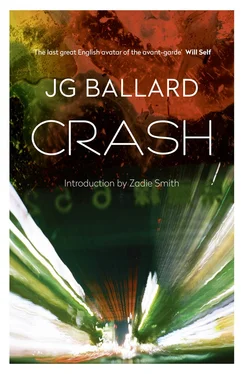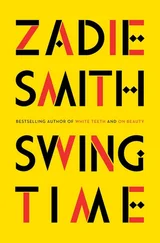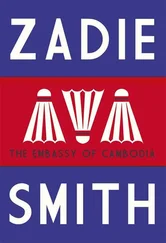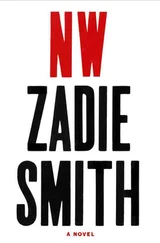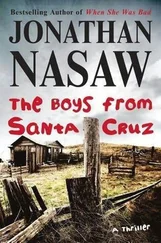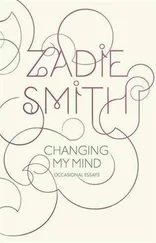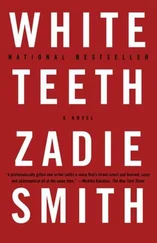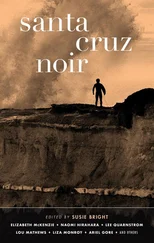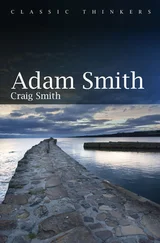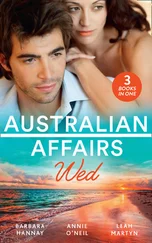on the boat. (Though it was no pleasure barge, more like a Travelodge afloat, with an interior that put you in mind of a Shepperton semi-detached. A Ballardian boat. Everything brown and grey with accents of tube-seat orange.) I slunk away from the chair-hurlers and walked straight into Ballard. That moon of a face, the shiny tonsure, the lank side-curtains of hair – ghost of a defrocked priest. An agonizing ten-minute conversation followed in which we two seemed put on earth to vivify that colloquial English phrase ‘cross purposes’. Every book I championed he hated. Every film he admired I’d never seen. (We didn’t dare move on to the visual arts.) The only thing we seemed to have in common was King’s College, but as I cheerily bored him with an account of all the lovely books I’d read for my finals, I could see that moon face curdling with disgust. In the end, he stopped speaking to me altogether, leant against a hollow Doric column, and simply stared.
I was being dull – but the trouble went deeper than that. James Graham Ballard was a man born on the inside, to the colonial class, that is, to the very marrow of British life; but he broke out of that restrictive mould and went on to establish – uniquely among his literary generation – an autonomous hinterland, not attached to the mainland in any obvious way. I meanwhile, born on the outside of it all, was hell bent on breaking in . And so my Ballard encounter – like my encounters, up to that point, with his work – was essentially a missed encounter: ships passing in the night. I liked the Ballard of Empire of the Sun well enough, and enjoyed the few science-fiction stories I’d read, but I did not understand the novels and Crash in particular had always disturbed me, first as a teenager living in the flight path of Heathrow airport, and then as a young college feminist, warring against ‘phallocentricism’, not at all in the mood for penises entering the leg wounds of disabled lady drivers.
What was I so afraid of? Well, firstly that West London psychogeography. I spent much of my adolescence walking through West London, climbing brute concrete stairs – over four-lane roads – to reach the houses of friends, whose windows were often black with the grime of the A41. But this all seemed perfectly natural to me, rational – even beautiful – and to read Ballard’s description of ‘flyovers overla[ying] one another like copulating giants, immense legs straddling each other’s legs’ was to find the sentimental architecture of my childhood revealed as monstrosity:
The entire zone which defined the landscape of my life was now bounded by a continuous artificial horizon, formed by the raised parapets and embankments of the motorways and their access roads and interchanges. These encircled the vehicles below like the walls of a crater several miles in diameter.
Those lines are a perfectly accurate description of, say, Neasden along the North Circular, but it can be shocking to be forced to look at the fond and familiar with this degree of clinical precision. (‘Novelists should be like scientists,’ Ballard once said, ‘dissecting the cadaver.’) And Ballard was is in the business of taking what seems ‘natural’ – what seems normal, familiar and rational – and revealing its psychopathology. As has been noted many times, not least by the author himself, his gift for defamiliarization was, in part, a product of his own unusual biography:
One of the things I took from my wartime experiences was that reality was a stage set … the comfortable day-to-day life, school, the home where one lives and all the rest of it … could be dismantled overnight.
At age fifteen, he left decimated Shanghai, where he’d spent the war, for England, to study Medicine at Cambridge, and found it understandably difficult to take England seriously. This set him apart from his peers, whose habit it was to take England very seriously indeed. But if his skepticism were the only thing different about Ballard he would not be such an extraordinary writer. Think of that famous shot in David Lynch’s Blue Velvet , when the camera burrows below the manicured suburban lawn to reveal the swarming, dystopian scene underneath. Ballard’s intention is similar, but more challenging. In Ballard the dystopia is not hidden under anything. Nor is it (as with so many fictional dystopias) a vision of the future. It is not the subtext. It is the text. ‘After this sort of thing,’ asks the car-crash survivor Dr Helen Remington, ‘How do people manage to look at a car, let alone drive one?’ But drive she does, as we all do, slowing down on motorways to ogle an accident. Like the characters in Crash we are willing participants in what Ballard called ‘a pandemic cataclysm that kills hundreds of thousands of people each year and injures millions.’ The death-drive, Thanatos, is not what drivers secretly feel, it’s what driving explicitly is.
‘We live in a world ruled by fictions of every kind … We live inside an enormous novel … The fiction is already there. The writer’s task is to invent reality.’ The world as text: Ballard was one of the first British novelists to apply that French theory to his own literary practice. His novels subvert in particular the world that advertising presents, with its irrational convergences sold to us as if they were not only rational but natural. In the case of the automobile, we have long been encouraged to believe there is a natural convergence between such irrational pairs as speed and self-esteem, or leather interiors and family happiness. Ballard insists upon an alternate set of convergences, of the kind we would rather suppress and ignore.
It is these perverse convergences that drive the cars in Crash, with Ballard’s most notorious creation, Dr Robert Vaughan, at the wheel, whose ‘strange vision of the automobile and its real role in our lives’ converges with Ballard’s own. And once we are made aware of the existence of these convergences it becomes very hard to un-see them, however much we might want to.
There is a convergence, for example, between our own soft bodies and the hardware of the dashboard: ‘The aggressive stylization of this mass-produced cockpit, the exaggerated mouldings of the instrument binnacles emphasized my growing sense of a new junction between my own body and the automobile.’ There is a convergence between our horror of death and love of spectacle: ‘On the roofs of the police cars the warning lights revolved, beckoning more and more passers-by to the accident site.’ And there is an acute convergence, we now know, between the concept of celebrity and the car-crash:
She sat in the damaged car like a deity occupying a shrine readied for her in the blood of a minor member of her congregation … the unique contours of her body and personality seemed to transform the crushed vehicle. Her left leg rested on the ground, the door pillar realigning both itself and the dashboard mounting to avoid her knee, almost as if the entire car had deformed itself around her figure in a gesture of homage.
This vision of a fictional Elizabeth Taylor – written twenty-five years before the death of Princess Diana – is as prescient as anything in Ballard’s science fiction. How did he get it so right? How did he know that the price we would demand, in return for our worship of the famous and beautiful (with their unique bodies and personalities) would be nothing less than the bloody sacrifice of the worshipped themselves? Oh, there were clues, of course: the myth of decapitated Jayne Mansfield, Jimmy Dean with his prophetic license plate (‘Too fast to live, too young to die’), Grace Kelly’s car penetrated by a tree. But only Ballard saw how they were all related, only he drew the line of convergence clearly. Once you see you cannot un-see. What are all the DUIs of Lindsay Lohan if not a form of macabre foreplay?
Читать дальше
